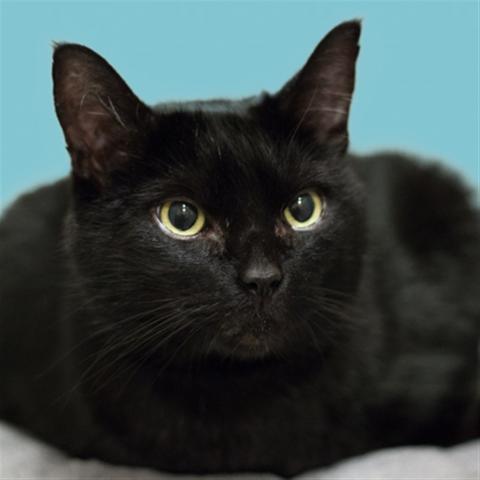Monthly Report- September 2019
Do you want to know how many animals come to Multnomah County Animal Services each month, where they go, or the types of calls our Animal Services officers respond to in the community? View our monthly report for September 2019.
The Multnomah County Animal Shelter (MCAS) accepted 700 animals in September 2019. The majority of intakes were stray and impounded animals. Kittens and dogs were the most commonly accepted animals.
Animal Intakes by Intake Type
|
Intake Type |
Count |
Percent |
|
Stray animals brought in by a member of the public |
307 |
44% |
|
Impound animals brought in by a field officer |
267 |
38% |
|
Dead on arrival Primarily non-domesticated animals; The same number of animals is listed as “Dead on arrival” in the “Animal Releases by Outcome Type” table |
73 |
10% |
|
Owner surrender |
24 |
3% |
|
Shelter offspring Animals born to animals while in care, usually kittens |
11 |
2% |
|
Return of adopted animal |
11 |
2% |
|
Transfer In |
7 |
1% |
|
Total |
700 |
100% |
Animal Intakes by Animal Type
|
Animal Type |
Count |
Percent |
|
Kittens |
222 |
32% |
|
Dogs |
208 |
30% |
|
Cats |
173 |
25% |
|
Other mammals Examples: squirrels, rabbits |
38 |
5% |
|
Rabbits |
13 |
2% |
|
Birds (wildlife) Examples: pigeons, owls |
11 |
2% |
|
Puppies |
10 |
1% |
|
Other (less than 1% each) |
25 |
4% |
|
Total |
700 |
100% |
The Multnomah County Animal Shelter released 636 animals. The majority of these animals were adopted, transferred to another agency, or reclaimed. Dogs and cats were the most commonly released animals.
Animal Releases by Outcome Type
|
Outcome Type |
Count |
Percent |
|
Adopted |
167 |
26% |
|
Transferred to another agency |
167 |
26% |
|
Reclaimed/returned to owner |
154 |
24% |
|
Dead on arrival Primarily non-domesticated animals; The same number of animals is listed as “Dead on arrival” in the “Animal Intakes by Intake Type” table |
73 |
11% |
|
Euthanized This number represents all animals under MCAS care that were euthanized. It does not necessarily represent the number of euthanasias that will be counted in our end-of-year Asilomar report. |
63 |
10% |
|
Released to habitat Non-domesticated animals released to their natural habitat after treatment |
8 |
1% |
|
Other (less than 1% each) |
4 |
1% |
|
Total |
636 |
100% |
Animal Releases by Animal Type
|
Animal Type |
Count |
Percent |
|
Dogs |
191 |
30% |
|
Cats |
181 |
28% |
|
Kittens |
170 |
27% |
|
Other mammals Examples: squirrels, rabbits |
38 |
6% |
|
Birds (wildlife) Examples: pigeons, owls |
10 |
2% |
|
Rabbits |
14 |
2% |
|
Puppies |
6 |
1% |
|
Other (less than 1% each) |
26 |
4% |
|
Total |
636 |
100% |
Our field services officers responded to 801 calls.
Field Officer Calls by Type
|
Call Type |
Count |
Percent |
|
Dead Animal Pickup |
186 |
23% |
|
Stray Animal |
172 |
21% |
|
Suspected Cruelty / Neglect |
116 |
14% |
|
Loose aggressive animal Animals actively charging, attacking, or chasing people or animals |
90 |
11% |
|
Bite Investigation |
64 |
8% |
|
Injured Animal |
41 |
5% |
|
Animal Placed in Protective Custody |
25 |
3% |
|
Abandoned Animal |
23 |
3% |
|
Other (less than 2%) |
84 |
10% |
|
Total |
801 |
100% |
In addition, volunteers worked 8,462 hours - the equivalent of 49 full time staff members.
